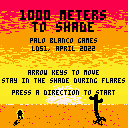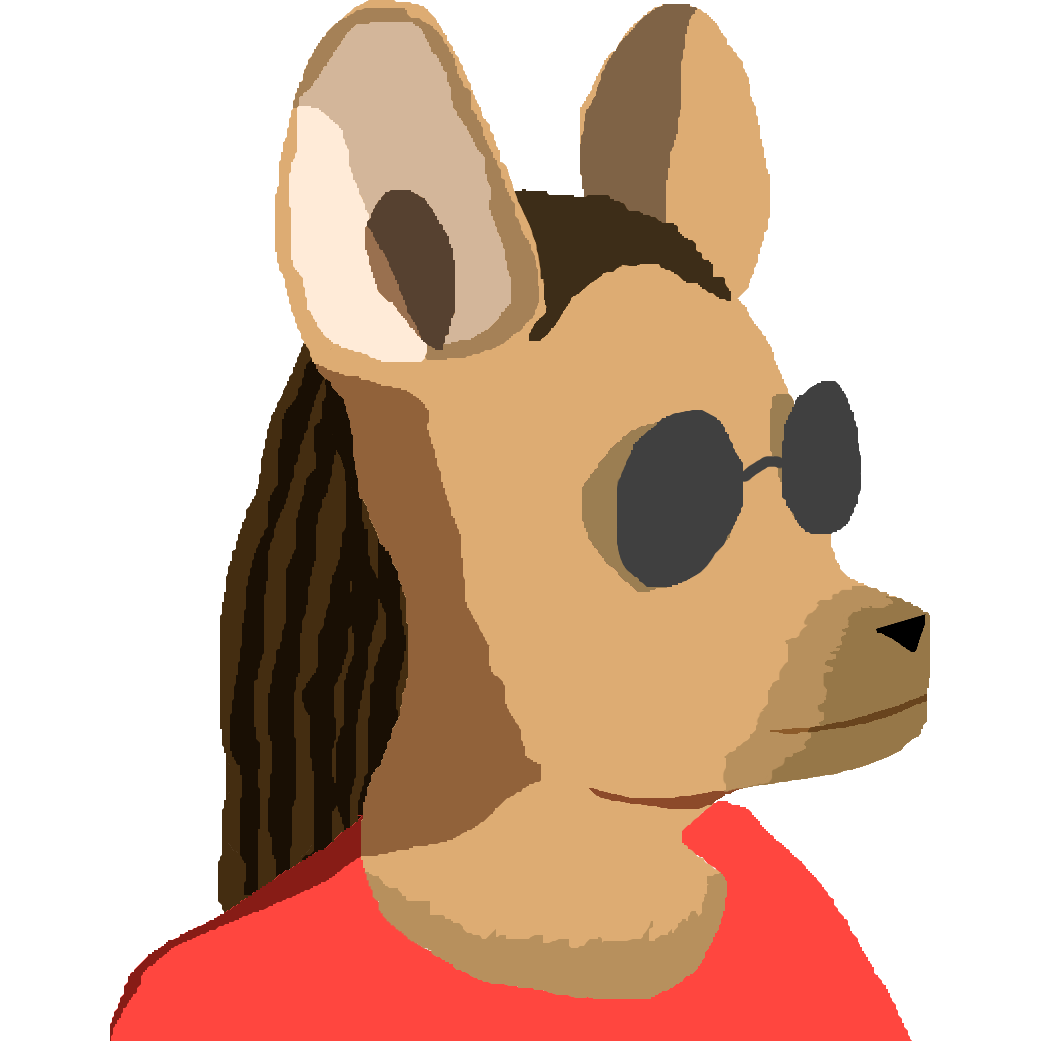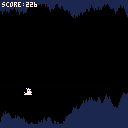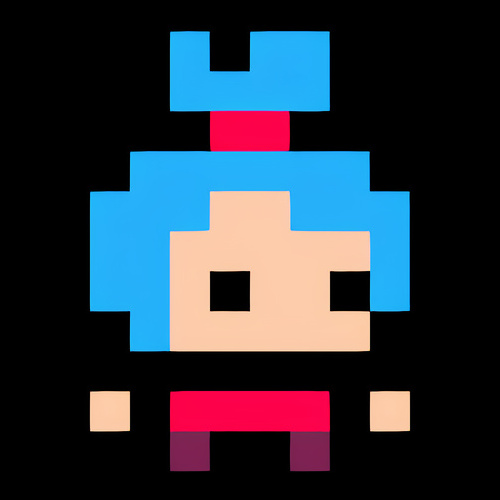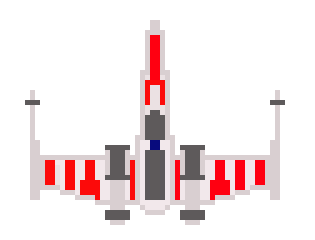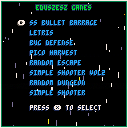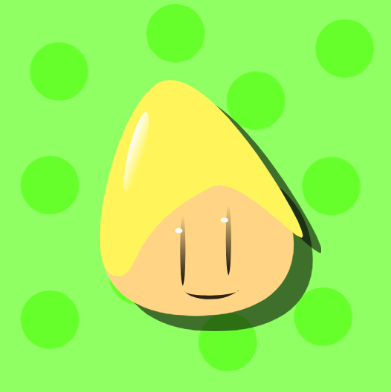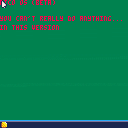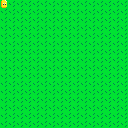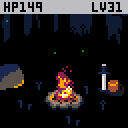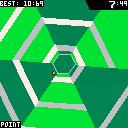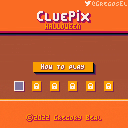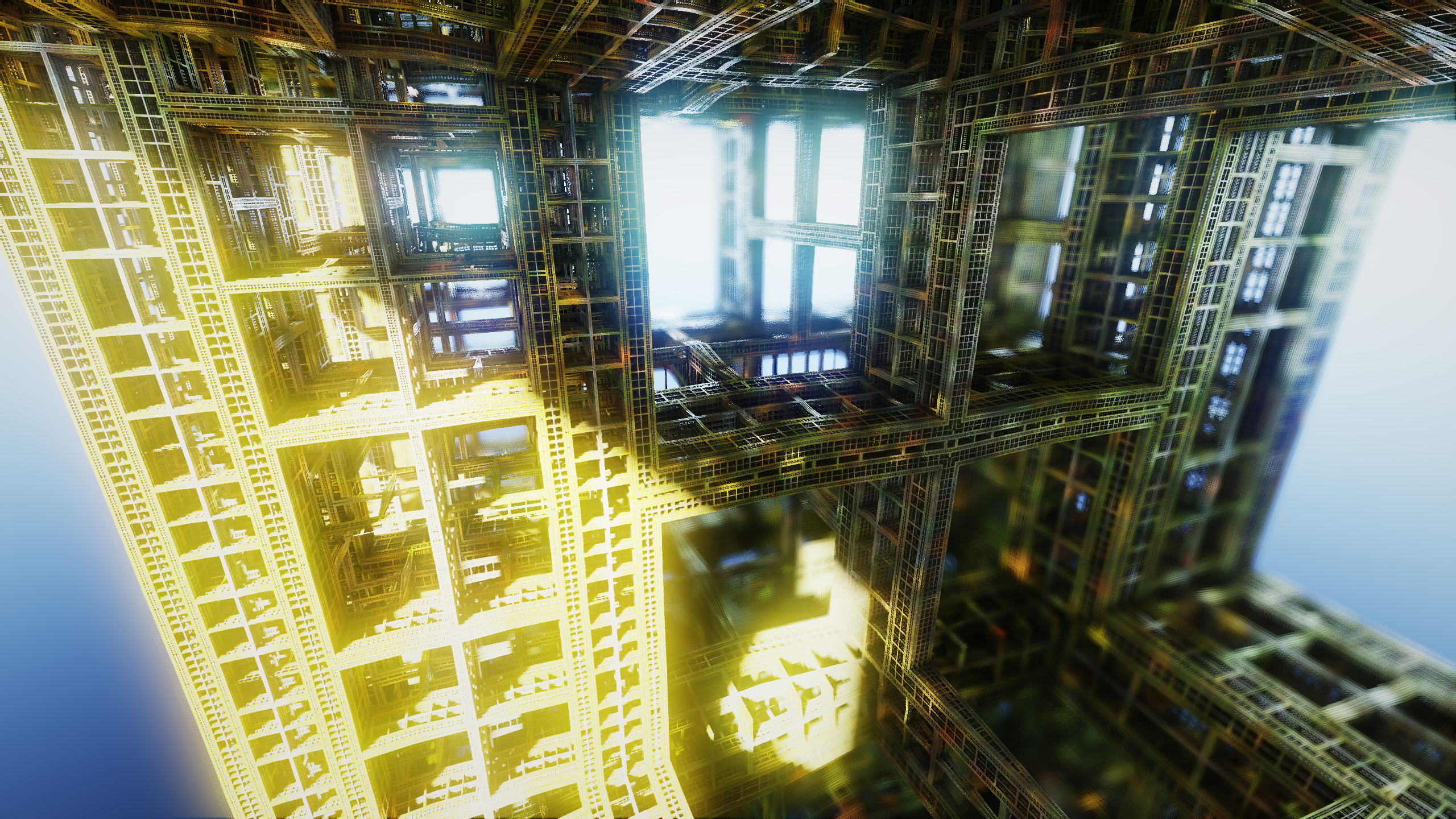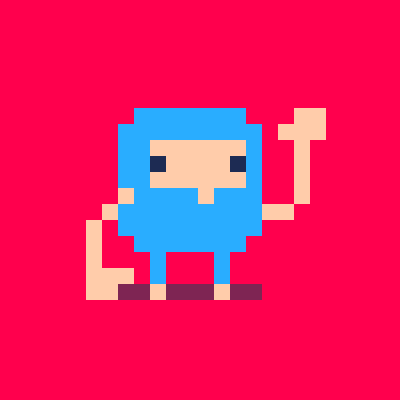Here's my game made for the ludum dare 51: https://ldjam.com/events/ludum-dare/51/swapply
It's another simple one button game where the controlled character change every 10 seconds.
Hopefully I'll update this to fix the bugs and the level design and are more features :-)


first of all, I'd like to say thank you to the MIDILib team for making some of these instruments
hi... uhh... basically I'm working on a JTS (Journey to Silius) remake
will be updated with tracks added as time goes on
so uhh... enjoy what's here at the moment
(Oct. 7, 2022) I'm done with all the stage themes
(Oct. 8, 2022) All that's left is the ending, which I'm planning on doing something special with


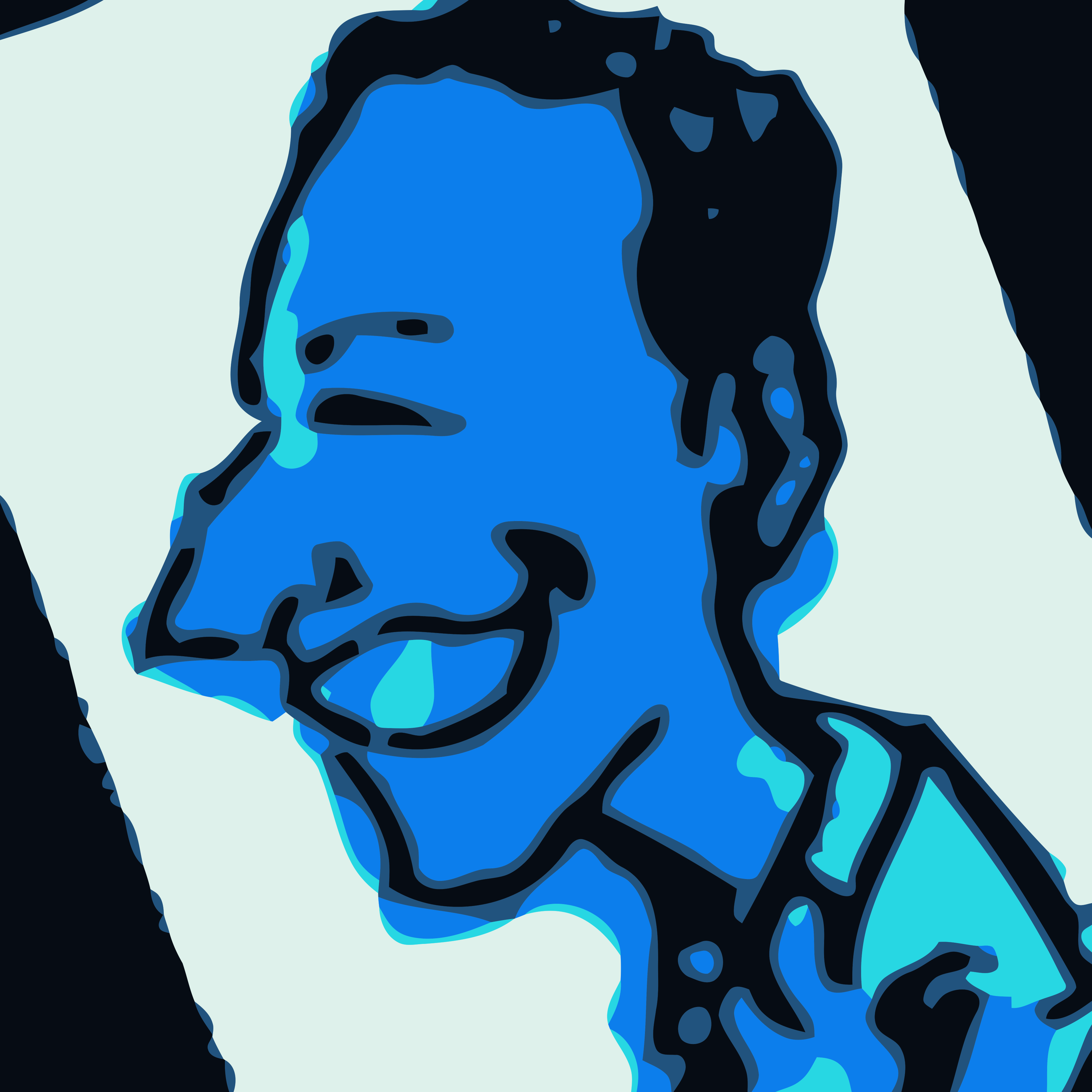
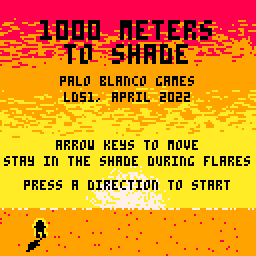
100 Meters to Shade
Ludum Dare link: https://ldjam.com/events/ludum-dare/51/1000-meters-to-shade
My entry to LD51, where the theme is "Every 10 Seconds." Use the arrow keys to navigate 1000 meters to the right, towards shade. When a solar flare is coming, hide in the shade of a cactus.
Thanks for playing!

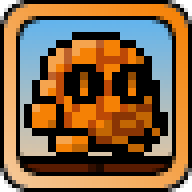





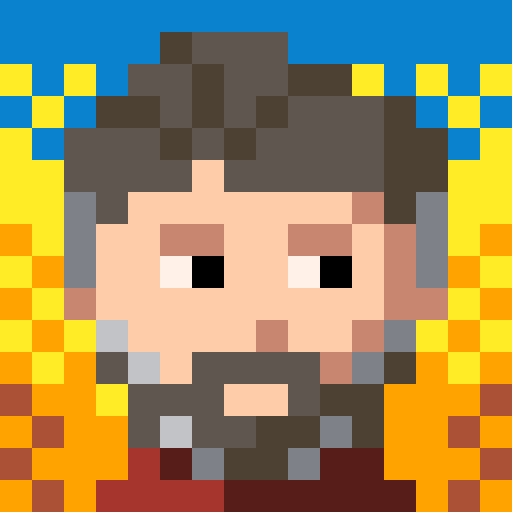
So maybe this is old news to everybody but me but I just discovered it by accident. Turns out you can define local functions! It makes sense but it somehow never occurred to me to try before.
Here's a quick example:
do
local function a()
print('in a')
end
function b()
print('in b: calling a')
a()
end
print('in local scope')
print(a)
print(b)
a()
b()
print('leaving local scope\n\n')
end
print('in global scope')
print(a)
print(b)
b() |
Output:
in local scope [function] [function] in a in b: calling a in a leaving local scope in global scope [nil] [function] in b: calling a in a |
That's it. Just thought it was interesting.



Campfire
This is just me trying to simulate fire in Pico8 without shaders or fancy particle systems.
My approach is :
- At load time :
- Generate bursts of animated particles
- Each particle increments the brightness value for the pixels it sits on
- The burst animations are baked into the spritesheet
- At run time :
- Animate the baked sprites (moving them up)
- Again, add the brightness values together
The brightness value (which is just a color from 0 to 7) is mapped to a fire shade with pal().
There are other particle systems for bursts of sparkles and fireflies.
Any thought? What would be your approach?
v2 update
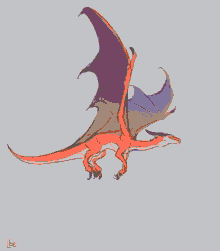
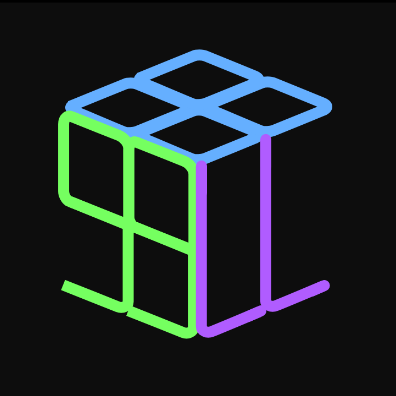
An homage to Super Hexagon by Terry Cavanagh.
Most of development was done in Jan 2022 but lots of tuning and polish to finish it up went in the past couple of weeks.
Controls: z,x and left/right arrow keys. Enter key for menu.
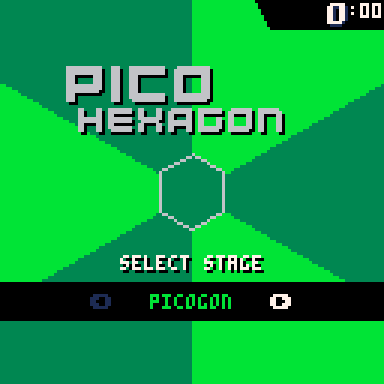
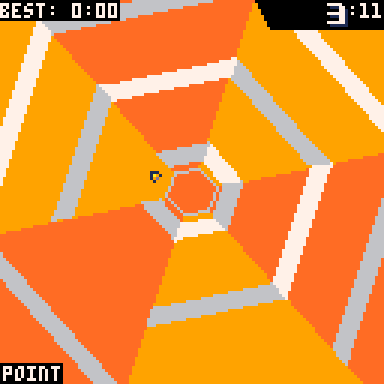
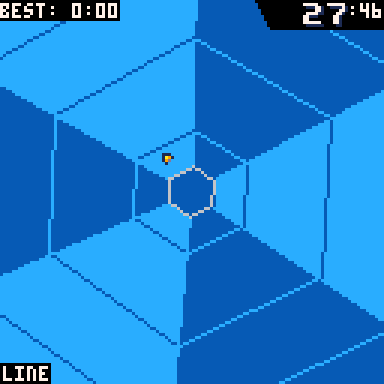
Like the original, this game is HARD! Find a path through for 120 seconds to win the stage.
Code comments should help if you'd like to hack the stage palettes, tweak speeds, or make your own patterns.
Please feel free to remix.
Thanks to @p01 for the efficient pico-8 triangle drawing routine used here.


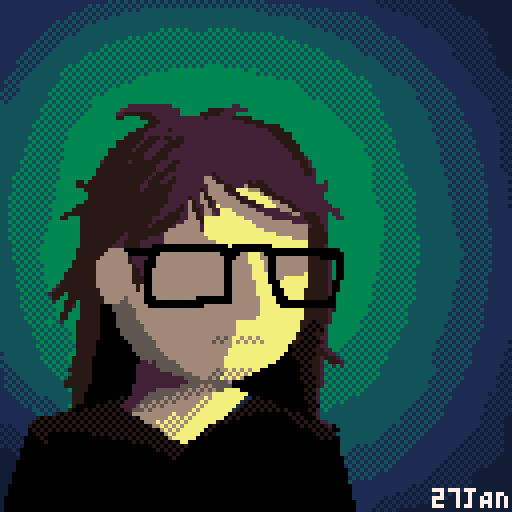


SDK-Units of consoles have normally more memory.
This can be useful during developing - simple try something without care about limits. Or store additional debug information.
it would be nice, if pico-8 would emulate this.
This can be done very simple:
The project must be saved as ".p8"-utf8-file.
When the project hit the limit of characters, compressed size and token it will display the known warning with a little addition: "Ignore? (Project can't be exported!) (y/n):" - when you hit y - it will start anyway. Save as .p8 is always possible, since there are no limits.
Of course the export to bin, web, rom, png or whatever is not possible. also the cli-command "-run" should not work on this oversized p8.
This would be usfull, when you want to check, if something work. Or when you developed a tool / level editor for a game, which you don't want to share.
additional it would be nice to have an debug - enddebug - command
function test(a,b)
debug
if not a or not b then
print("this should not happen! Got nils!")
end
enddebug
...
end
|
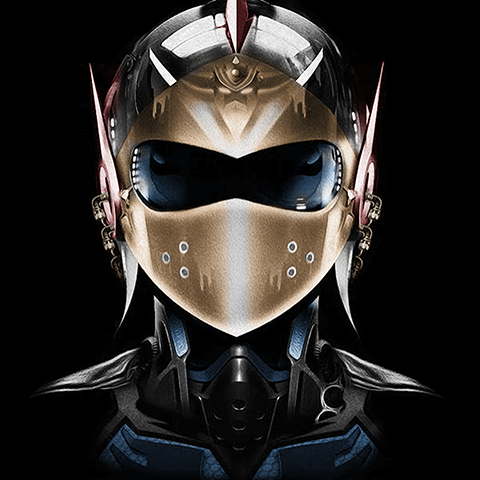

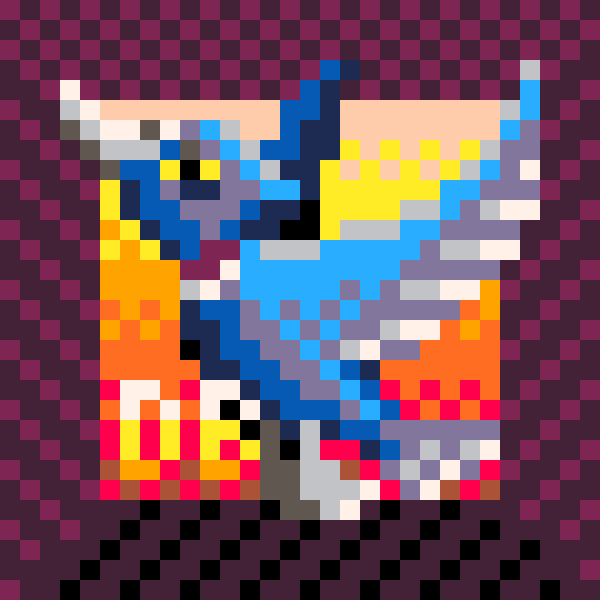
Hi! Here is a Halloween themed CluePix with 31 new images to solve, each unlocking every day of october. Yup, just like Christmas advent calendar, only with ghosts, zombies, vampires and other scary stuff :)
If you're not familiar with CluePix you can play the original game there or just read the shamelessly copied & pasted rules below (in short, think Picross meets Minesweeper). In any case, I hope you'll have fun!
CluePix is a picture solving game. Draw pixel art using those 2 clues:
- Color bars show mixed pixels from their line.
- Digits show how many pixels around are the same color.
There's an ingame tutorial. Once a picture is solved, it is saved and reloaded on next game sessions, so no hurry, even though the game is short and might be finished in one sitting. CluePix is a proof of concept for an original puzzle game, hence the low number of pictures to solve. So I'd be glad to read your comments, thanks for playing!

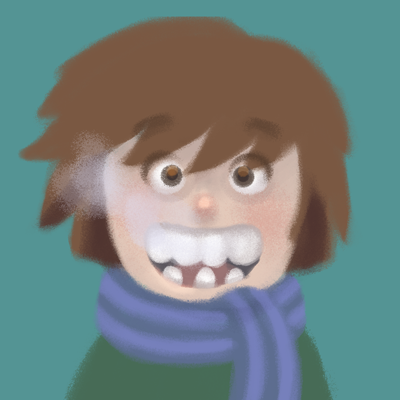
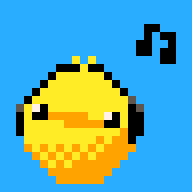

Hello, and especially to @zep.
I have noticed when you are coding that you count the actual number of characters from your 64k limit when typing code.
For instance, let us see what info gives us in typing from immediate mode with no code:
FILE: UNTITLED_1.P8 TOKENS: 0 / 8192 CHARS: 0 / 65535 COMPRESSED: 0 / 15616 |
OK, now let's add a single line of code in the source-code editor. PRINT(".")
Now return to immediate mode (ESC) and type INFO and you have:
FILE: UNTITLED_1.P8 TOKENS: 3 / 8192 CHARS: 11 / 65535 COMPRESSED: 11 / 15616 |
Here is the problem. Now edit that program line so it reads: PRINT("\0") then return to immediate and type INFO again in. This time you get:
FILE: UNTITLED_1.P8 TOKENS: 3 / 8192 CHARS: 12 / 65535 COMPRESSED: 12 / 15616 |
NOTICE that CHARS went up by one !






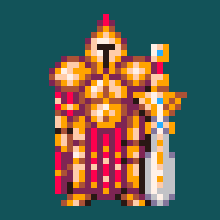

Many years ago, I programmed this game in AS3 and released it on Kongregate. Now I rewrote in for Pico-8.
Game play: join exactly 4 blocks of the same color to make them disappear. If you connect more than 4 blocks, they turn grey and cannot be removed any more.
The game will display a summary of your run at the end, and keeps track of the 5 best scores.
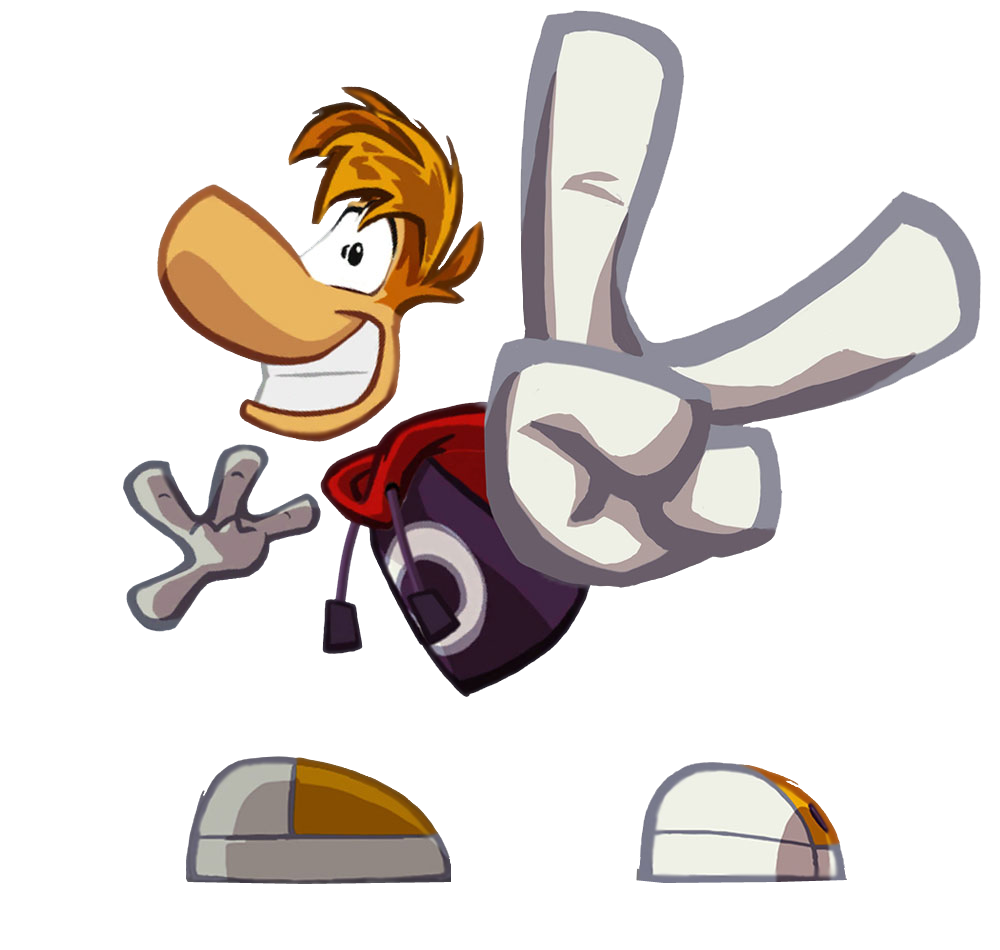

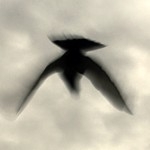
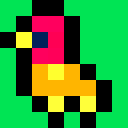

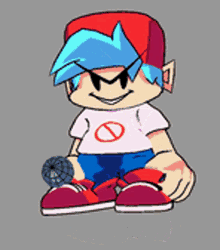








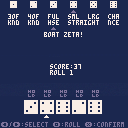
 0 comments
0 comments
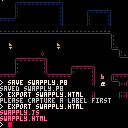
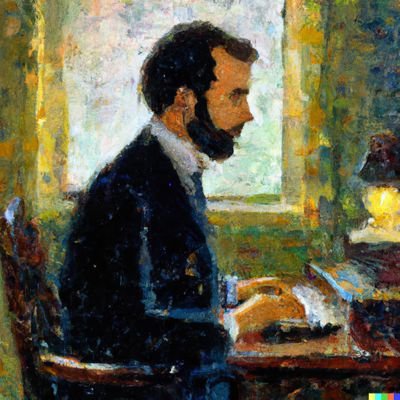
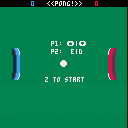
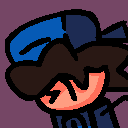
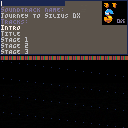
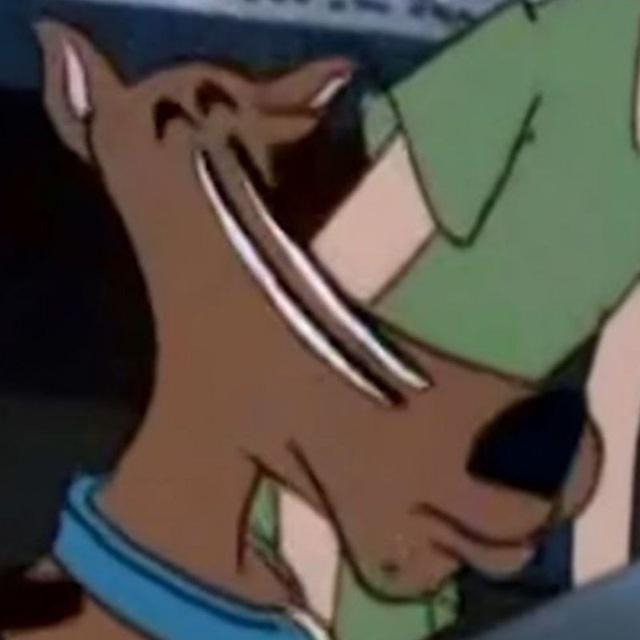
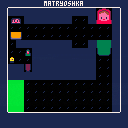
.jpg)

